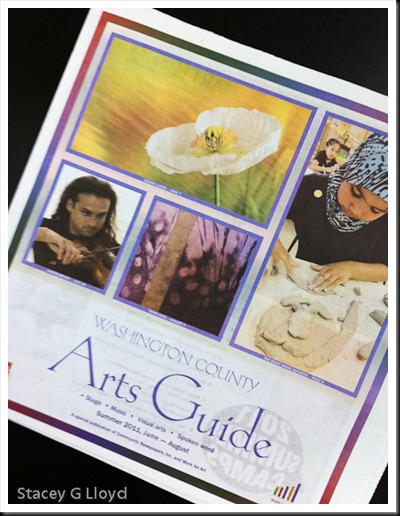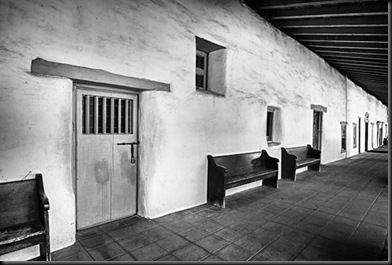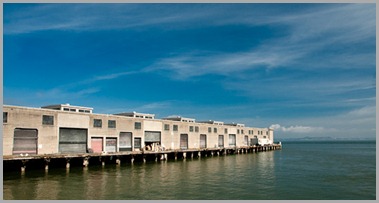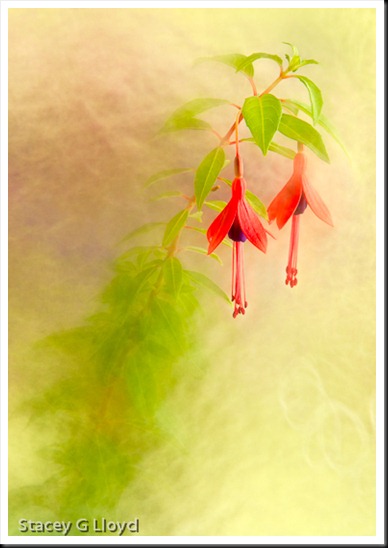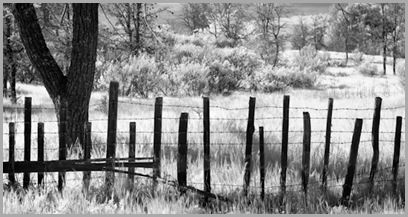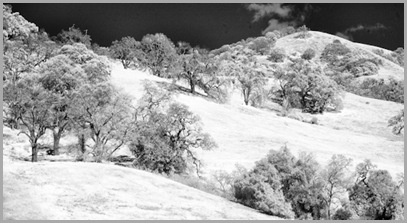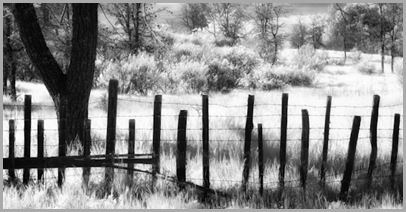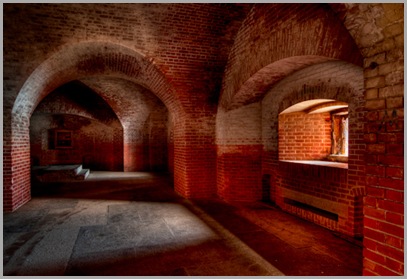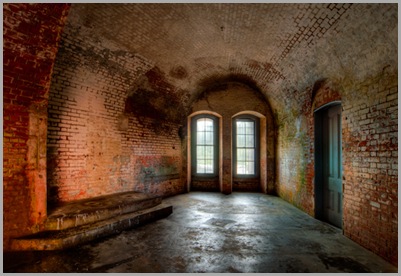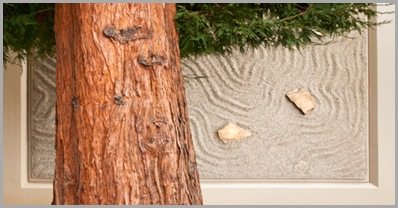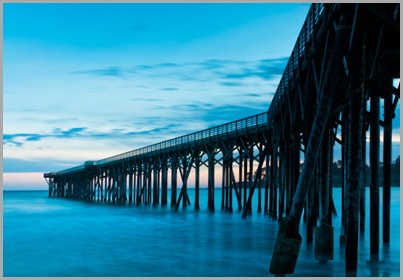I just delivered my framed prints to the Glenn and Viola Walters Cultural Arts Center in Hillsboro Oregon for my upcoming exhibit. While I was there I was informed that one of my images had been featured on the cover of the Washington County Summer Arts Guide. This was totally unexpected and I was pleased to see the extra publicity. The “Windblown Poppy” image is mine in case you haven’t seen it.
With the upcoming gallery exhibit my focus as of late has been on publicity. Last week I submitted a press release to multiple newspapers. My wife and I have begun leaving 4×6 exhibit announcement cards at different business we frequent. We also sent out 8×5 flyers to friends and acquaintances inviting them to the opening night.
This blog, Facebook and my website are of course other ways to publicize the exhibit. If you know people in the area please pass along an invite for me.
The exhibit will be open from June 7th-June29th. Hours are 9AM to 9PM M-Thu, 9AM to 6PM Fri and 10AM to 4PM on Sat. The Glenn and Viola Walters Cultural Arts Center is located at 527 E Main St., Hillsboro, OR 97123. For more information call (503) 615-3494 or visit www.ci.hillsboro.or.us/wcac.
Please join me opening night June 7th: 6-8pm. There will be live music, food and great art.

